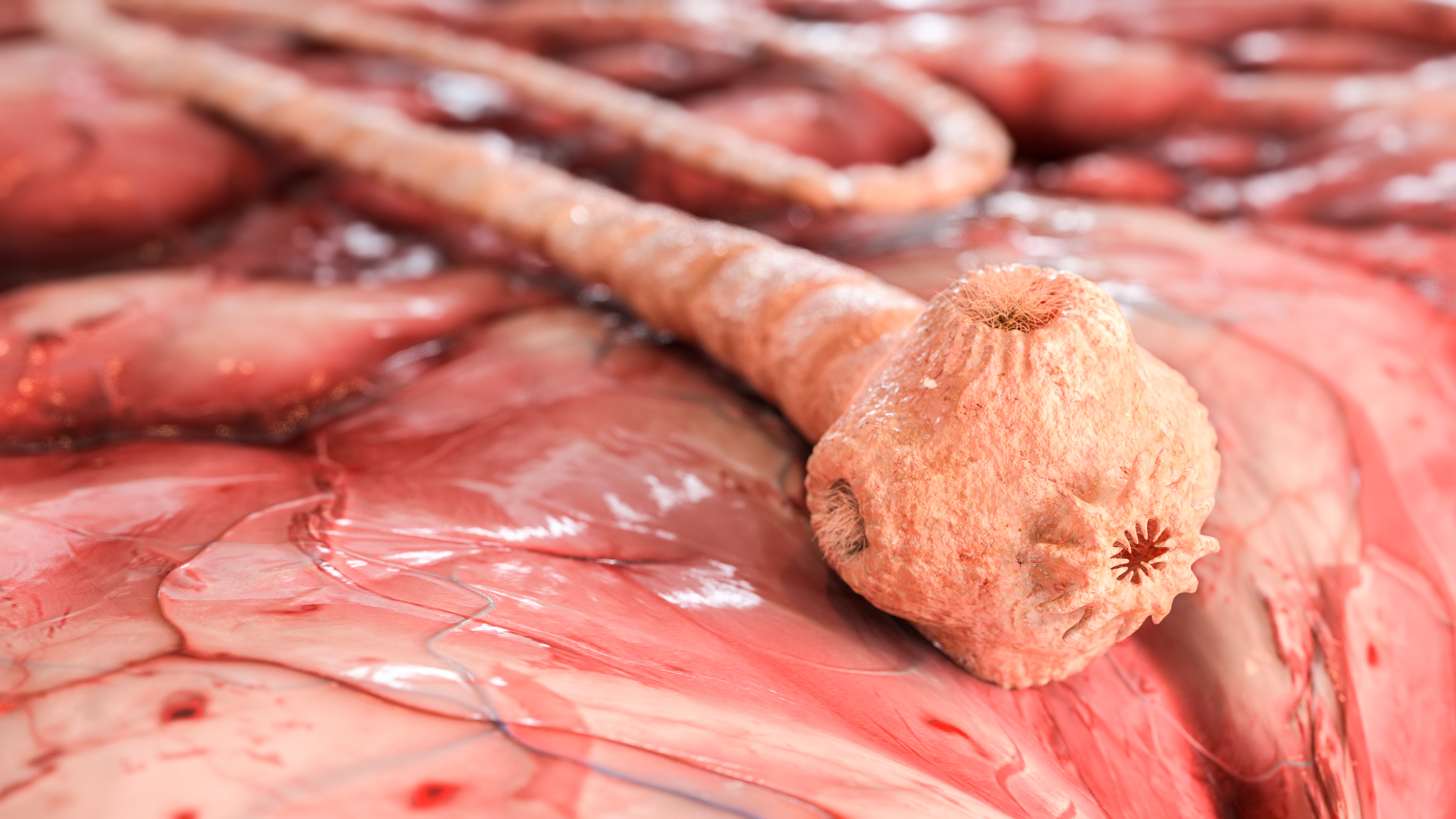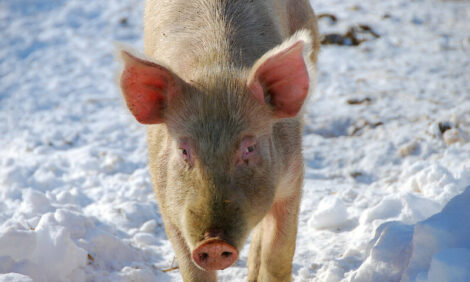



Parasite DNA found in 4.4 percent of pigs slaughtered for Nairobi pig market
New research shows that circulating antigens for Taenia species have been found in pigs slaughtered for Nairobi's pork market.The study, published in Parasite Epidemiology and Control, was the result of collaboration between researchers from a number of institutions in Nairobi and the UK. The study aimed to estimate the prevalence of Taenia spp. infection in pigs entering the food chain of Kenya's capital city through one large independent abattoir. Taenia solium, a zoonotic tapeworm responsible for neurocysticercosis in humans, is a major public health threat, being a leading cause of acquired epilepsy in endemic regions. With the rapid growth of pig production in Eastern and southern Africa, the risk of transmission of the parasite is only increasing. With this in mind, research is targeting the pork market to safeguard consumers and producers alike.

The study
Seven hundred blood samples were collected from randomly selected pigs presented forslaughter at one of the largest porcine abattoir supplying unprocessed pork to Nairobi city and its surroundings. The samples were tested using an antigen ELISA to determine the prevalence of infection with Taenia spp.
Results
The prevalence, adjusted for diagnostic test characteristics, was estimated to be 4.4 percent (95 percent CI: 1.9–7.1) with no significant statistical difference by pig sex or age. Infection with Taenia spp. was detected in pigs from all regions of the country supplying pigs to this slaughterhouse. Official post-mortem inspection did not detect cysticercosis in the duration of the study. Therefore, all the carcasses entered the food chains of Nairobi (70 percent), or neighbouring counties (30 percent).
Conclusions
Circulating antigens of Taenia spp. were detected in pigs slaughtered in one of the largest porcine slaughterhouses in Kenya, which receives pigs from several regions in the country. This is an indication that pigs entering the value chain are raised under poor husbandry conditions and that pork consumers in Nairobi and its surroundings may be exposed to the important zoonotic parasite. Whilst further research utilising full carcass dissection is required to confirm T. solium positive cases, interventions to improve food-safety throughout the pork value chains in Kenya should be seriously considered.
| References | ||||
|---|---|---|---|---|
| Akoko, J.M., MacLeod, E., Thomas, L.F., Alarcon, P., Kang'ethe, E., Kivali, V., Muloi, D., Muinde, P., Murungi, M.K., Gachoya, J.M. and Fèvre, E.M. | ||||
| (2019) | Detection of circulating antigens for Taenia spp. in pigs slaughtered for consumption in Nairobi and surroundings, Kenya. Parasite epidemiology and control, 4, p.e00093. |








